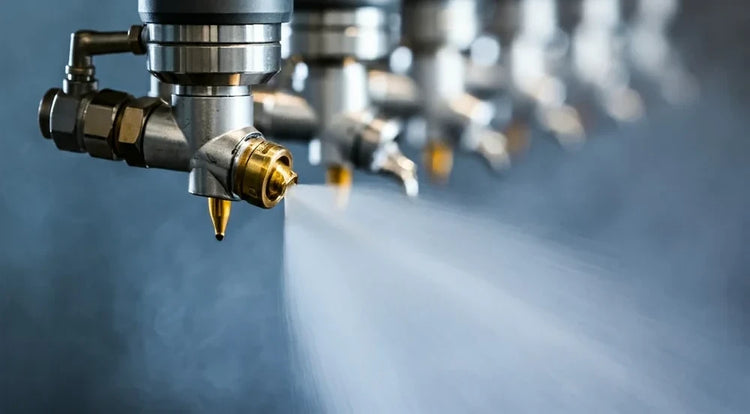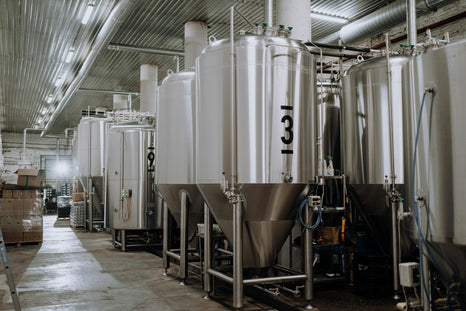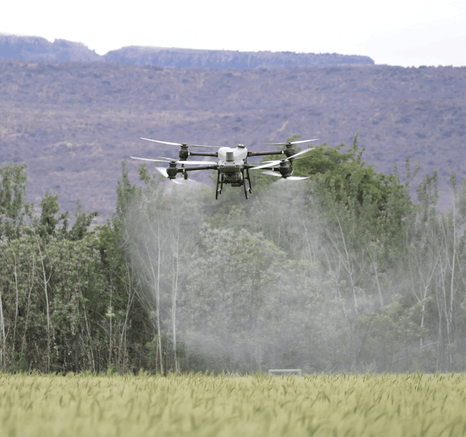For facilities in the food and beverage industry, maintaining sanitary conditions is paramount. This extends beyond simply washing bottles and surfaces. Tanks used to store and process food and beverages must also be cleaned meticulously to prevent contamination and ensure product quality.
This blog post will serve as a comprehensive guide to tank cleaning within the food and beverage industry. We’ll cover the following:
- The Importance of Tank Cleaning
- Understanding CIP (Cleaning In Place)
- Different Types of Tank Cleaning Equipment
- Choosing the Right Tank Cleaning System for Your Needs
- Benefits of Effective Tank Cleaning
Why is Tank Cleaning Important?
In the food and beverage industry, even microscopic bits of leftover product can harbor bacteria and other pathogens. If left unchecked, this can lead to:
- Contamination of food and beverages: This can cause spoilage and illness for consumers.
- Reduced product quality: Contaminated products may not taste as good or have the same shelf life.
- Fines and production shutdowns: Regulatory agencies take food safety very seriously. Facilities that fail to meet cleaning standards may face hefty fines or even be shut down.
What is CIP (Cleaning In Place)?
Cleaning In Place (CIP) is a widely used method for cleaning tanks and pipes without having to dismantle them. This saves time and labor costs, and also reduces the risk of worker contamination.
A typical CIP system uses a series of automated cycles that include:
- Pre-rinse: This removes any loose debris or product residue from the tank.
- Wash: A cleaning solution is circulated through the tank to remove dirt, grime, and bacteria.
- Rinse: The tank is rinsed with clean water to remove any traces of the cleaning solution.
- Sanitization: A sanitizer is circulated through the tank to kill any remaining bacteria.
- Final rinse: The tank is rinsed with clean water to remove any traces of the sanitizer.
Different Types of Tank Cleaning Equipment
There are a variety of tank cleaning equipment available to suit different needs. Here are some of the most common:
- Tank Cleaning Nozzles: These are spray nozzles that are mounted inside the tank. They use jets of water or cleaning solution to reach all areas of the tank.
- CIP Spray Balls: These are rotary cleaning devices that are mounted inside the tank. They use a combination of spray nozzles and rotation to clean all surfaces of the tank.
- Tank Washers: These are self-contained units that can be inserted into a tank for cleaning. They typically use a combination of spray nozzles and jets to clean the tank.
- Metal Tank Sprayers: These are handheld sprayers that can be used to clean tanks and other equipment.
The type of tank cleaning equipment you choose will depend on the size and shape of your tanks, the type of product you are processing, and your budget.
Choosing the Right Tank Cleaning System for Your Needs
When choosing a tank cleaning system, consider the following factors:
- The size and shape of your tanks: Different cleaning systems are more effective for different tank geometries.
- The type of product you are processing: The cleaning system needs to be compatible with the product being processed and the cleaning chemicals used.
- Your cleaning requirements: Consider the level of cleaning required to meet your production standards and regulatory requirements.
- Your budget: Tank cleaning systems can range in price from a few hundred dollars to tens of thousands of dollars.
Benefits of Effective Tank Cleaning
Effective tank cleaning offers a number of benefits, including:
- Improved product quality: Clean tanks help to ensure that your products are free of contamination and have a longer shelf life.
- Reduced risk of product recalls: Proper tank cleaning can help to prevent product recalls due to contamination.
- Increased production efficiency: Clean tanks can help to reduce downtime for cleaning and maintenance.
- Lower operating costs: By reducing product waste and recalls, effective tank cleaning can help to lower your operating costs.
- Improved worker safety: A clean work environment can help to reduce the risk of worker illness and injury.
Conclusion
Tank cleaning is an essential part of maintaining a sanitary food and beverage production facility. By choosing the right tank cleaning equipment and procedures, you can ensure that your tanks are clean and your products are safe for consumption.
About Nozzle Pro
Nozzle Pro is a leading supplier of tank cleaning equipment, including tank cleaning nozzles, CIP spray balls, and tank washers. We offer these products to meet the needs of all food and beverage processors. Contact us today to learn more about our products and how we can help you improve your tank cleaning operations.












